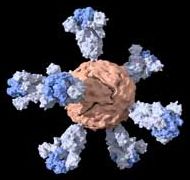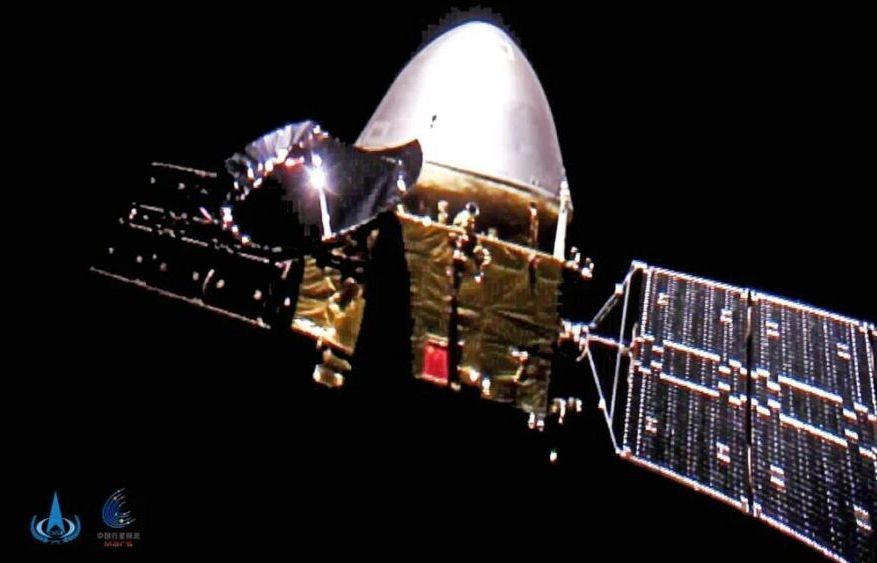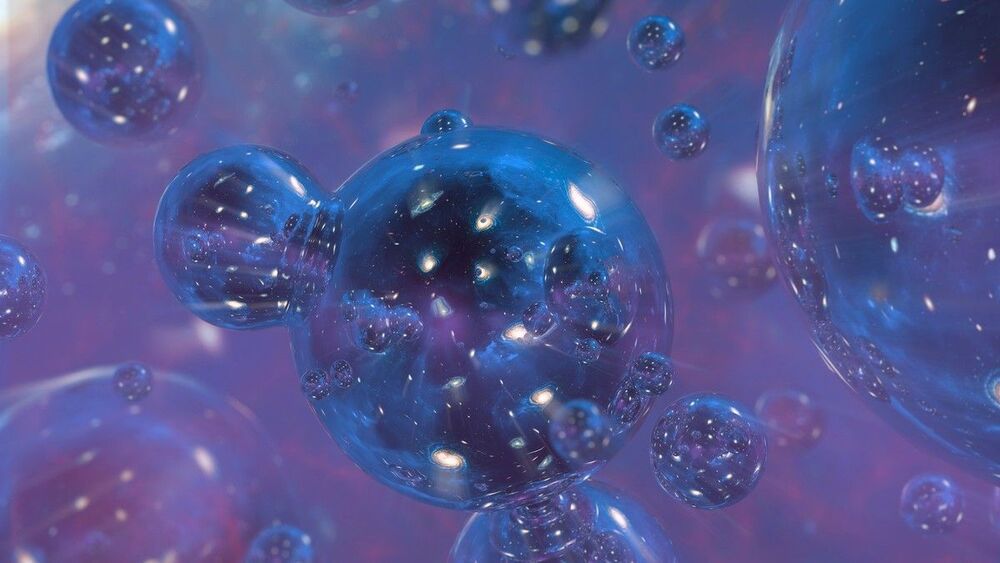Astronomers are searching for signs of a supermassive black hole in the galaxy cluster Abell 2261. Nearly all large galaxies contain central black holes, and the galaxy in the middle of Abell 2261 is expected to contain a particularly massive one.
Get the latest international news and world events from around the world.

Nanoparticle vaccine for COVID-19
Before the pandemic, the lab of Stanford University biochemist Peter S. Kim focused on developing vaccines for HIV, Ebola and pandemic influenza. But, within days of closing their campus lab space as part of COVID-19 precautions, they turned their attention to a vaccine for SARS-CoV-2, the virus that causes COVID-19. Although the coronavirus was outside the lab’s specific area of expertise, they and their collaborators have managed to construct and test a promising vaccine candidate.
“Our goal is to make a single-shot vaccine that does not require a cold-chain for storage or transport. If we’re successful at doing it well, it should be cheap too,” said Kim, who is the Virginia and D. K. Ludwig Professor of Biochemistry. “The target population for our vaccine is low-and middle-income countries.”
Their vaccine, detailed in a paper published in ACS Central Science (“A Single Immunization with Spike-Functionalized Ferritin Vaccines Elicits Neutralizing Antibody Responses against SARS-CoV-2 in Mice”), contains nanoparticles studded with the same proteins that comprise the virus’s distinctive surface spikes.

China’s Tianwen-1 spacecraft will reach Mars orbit on February 10
The rover won’t land on the Red Planet until May.
China’s Tianwen-1 Mars orbiter and rover are speeding toward the Red Planet and preparing to arrive on Feb. 10, the China National Space Administration (CNSA) has said.
Tianwen-1 has been in space for nearly 24 weeks and was around 81 million miles (130 million kilometers) from Earth and 5.15 million miles (8.3 million km) from Mars on Jan. 3 Beijing time, according to CNSA.


This Year, Autonomous Trucks Will Take to the Road With No One on Board
The startup TuSimple is deploying tractor-trailers that drive themselves from pickup to delivery.


Artificial Intelligence Finds Hidden Roads Threatening Amazon Ecosystems
(Inside Science) — It took years of painstaking work for Carlos Souza and his colleagues to map out every road in the Brazilian Amazon biome. Official maps of the 4.2 million-square-kilometer region only show roads built by federal and local governments. But by carefully tracing lines on satellite images, the researchers concluded in 2016 that the true length of all the roads combined was nearly 13 times higher.
“When we don’t have a good understanding of how much roadless areas we have on the landscape, we probably will misguide any conservation plans for that territory,” said Souza, a geographer at a Brazil-based environmental nonprofit organization called Imazon.
Now, Imazon researchers have built an artificial intelligence algorithm to find such roads automatically. Currently, the algorithm is reaching about 70% accuracy, which rises to 87%-90% with some additional automated processing, said Souza. Analysts then confirm potential roads by examining the satellite images. Souza presented the research last month at a virtual meeting of the American Geophysical Union.

Apple in Talks with Hyundai Motor Group for Electric Vehicle Tie-Up
O,.o.
It is no secret that Apple is working on the development of electric vehicle technology for almost 5–6 years now. Codenamed as Project Titan, the project contains many ex-employees of renowned automobile brands such as Tesla, Land Rover, and Aston Martin. Recently, there were rumours of Apple linking up with TSMC (Taiwan Semiconductor Manufacturing Company) for producing self-driving chips for their planned vehicles.
It was unclear until now whether Apple will be manufacturing the vehicles on their own, or will they act as a software provider for existing automobile brands. Now, however, there are reports that the tech company is in early talks with the Hyundai Motor Group, among others.
A Hyundai Motors representative confirmed yesterday that the South Korean automobile company is in discussion with Apple. Of course, ever since the tech company announced its intentions of developing an electric vehicle, it is in talks with a number of global manufacturers. However, Hyundai is one of the first major names to have come up.

‘AR cloud’ will drive the next generation of immersive experiences
AR cloud technology enables the unification of the physical and digital world to create immersive experiences. This technology uses a common interface to deliver persistent, collaborative and contextual digital content overlaid onto people, objects and locations. This provides users with information and services directly tied to every aspect of their physical surroundings.
The AR cloud will use a common interface to overlay digital content onto people, objects, and locations in persistent, interactive way.